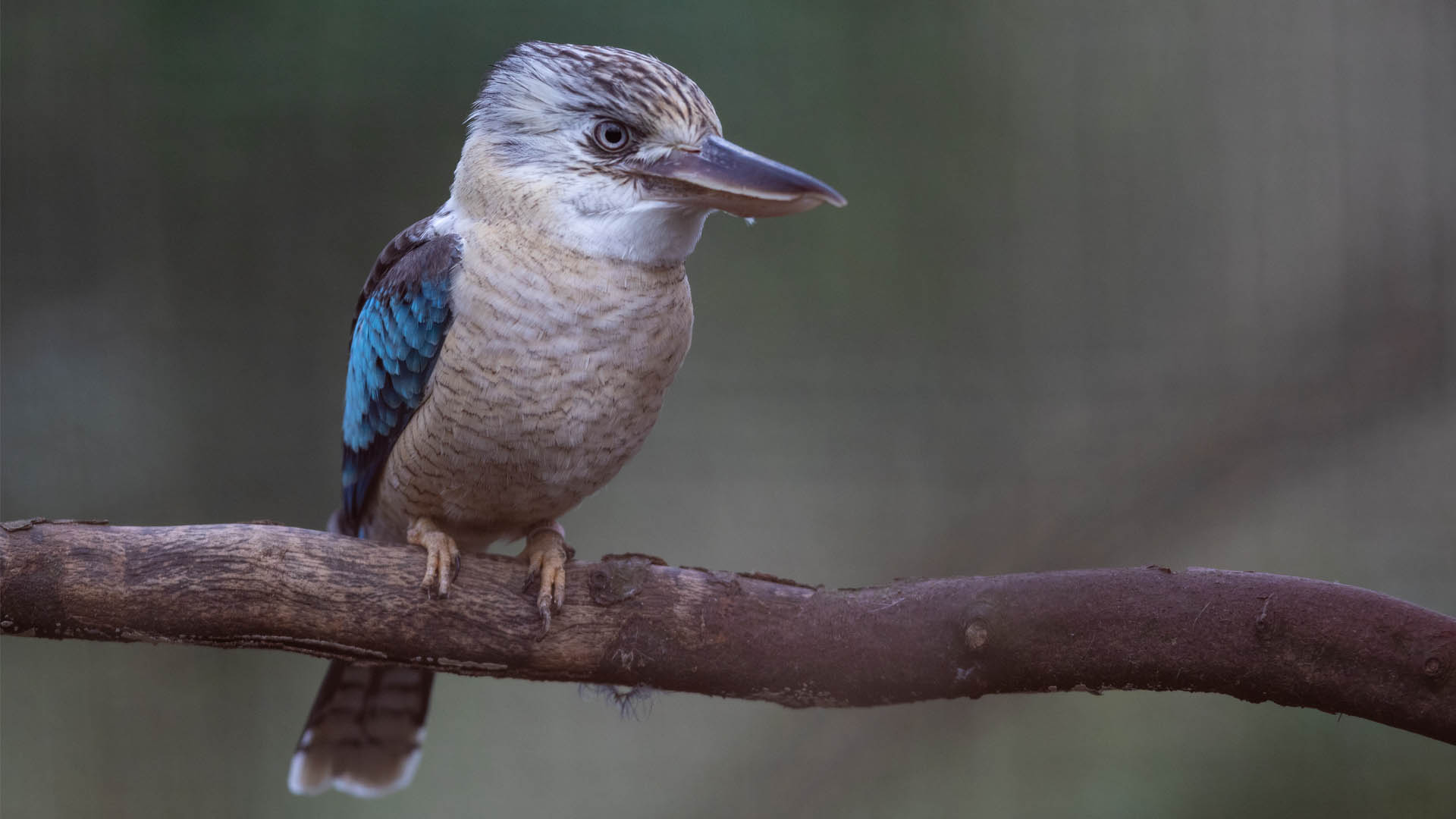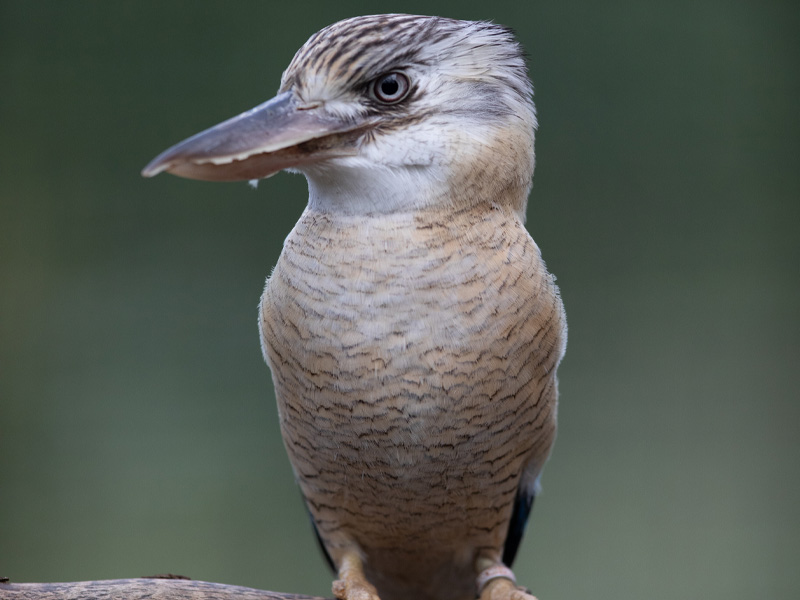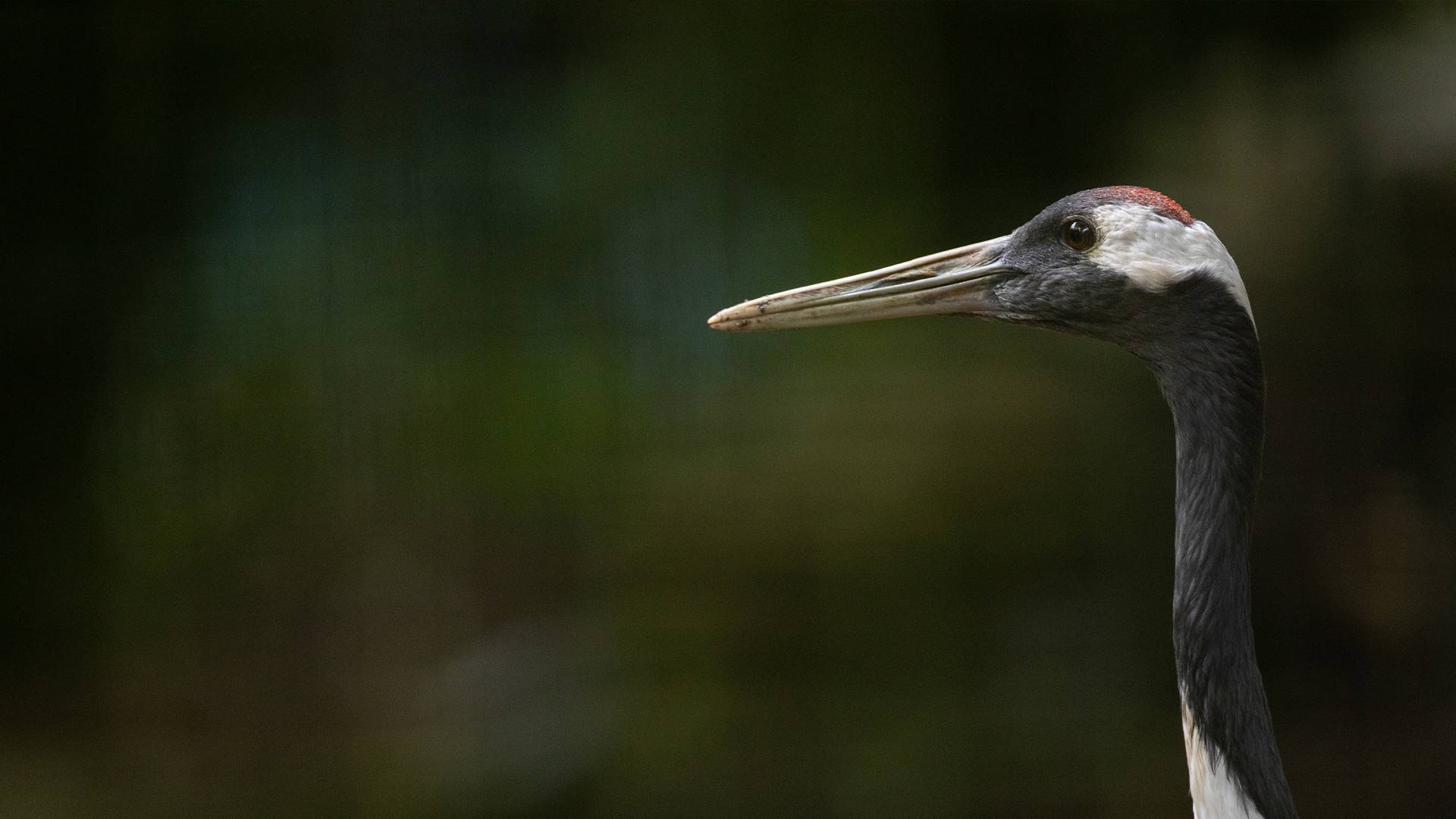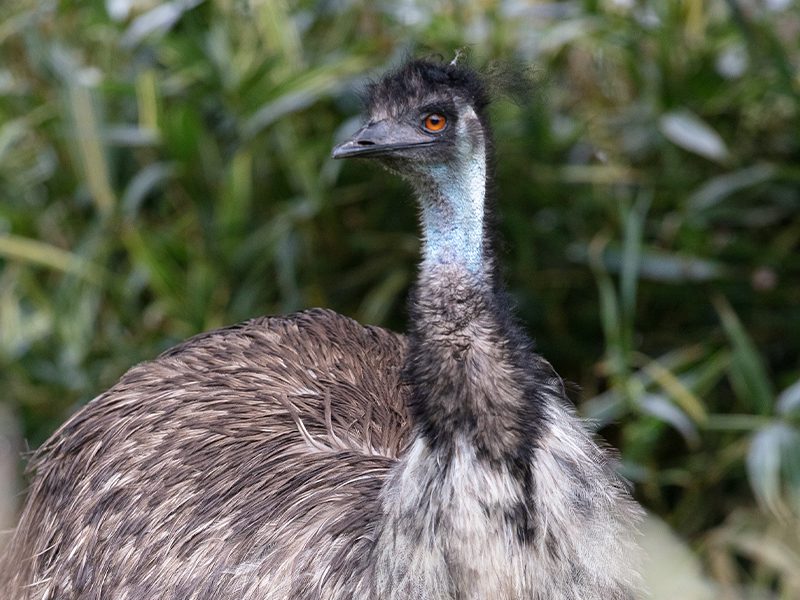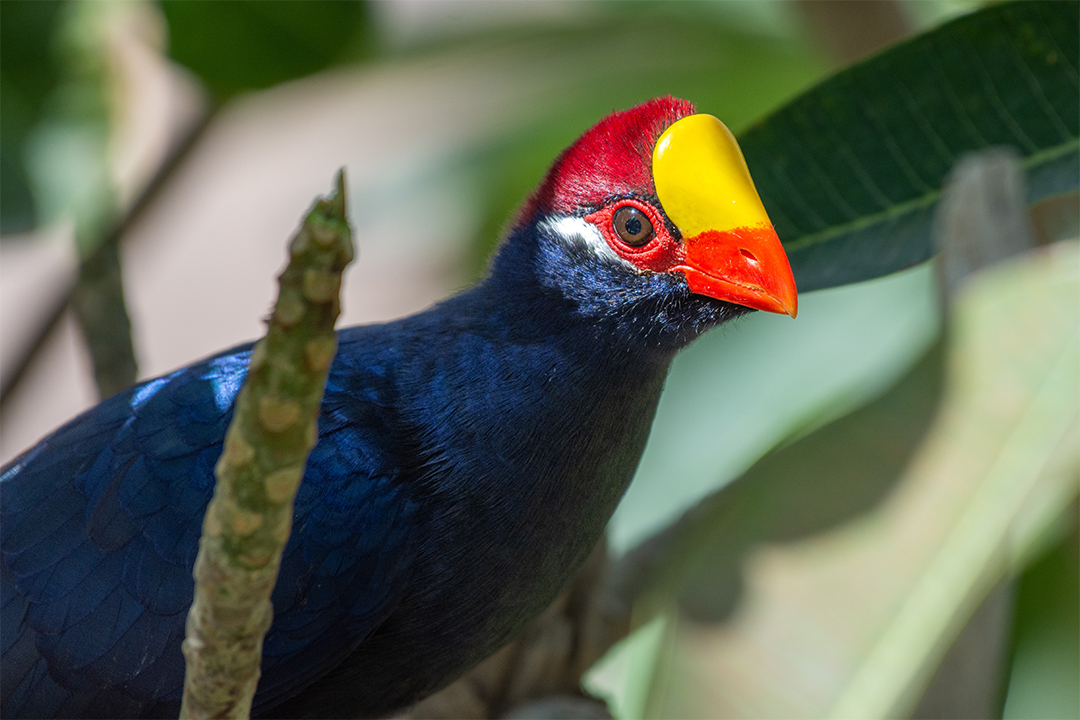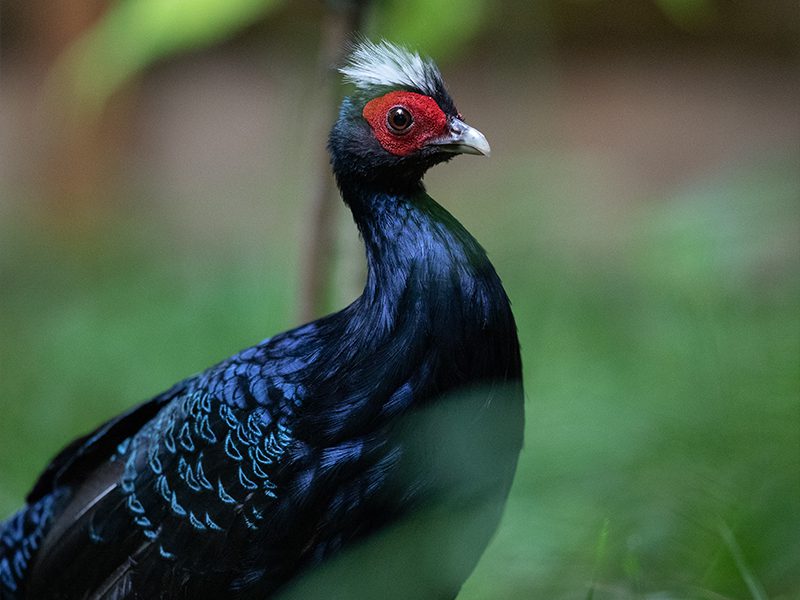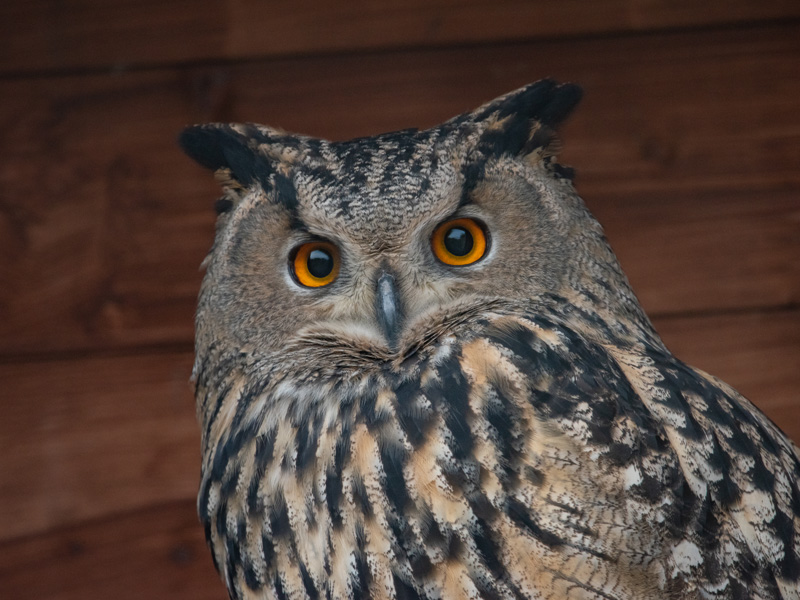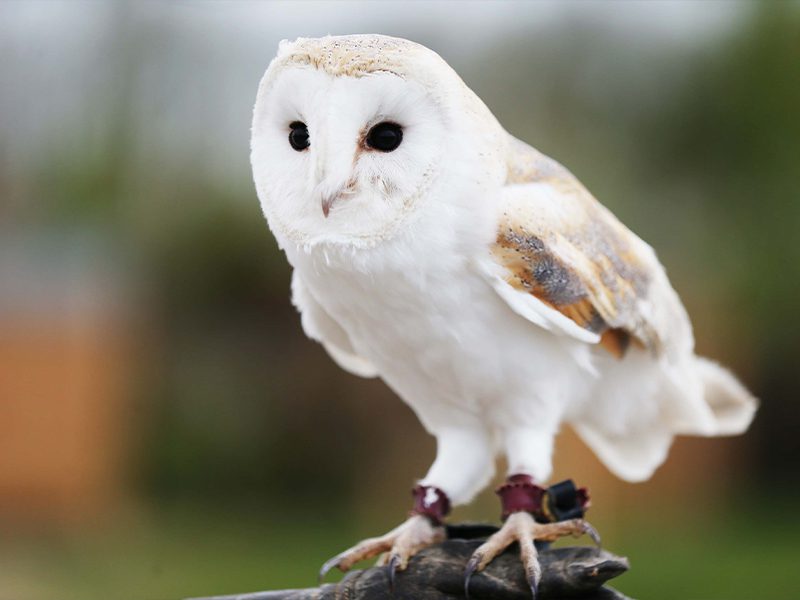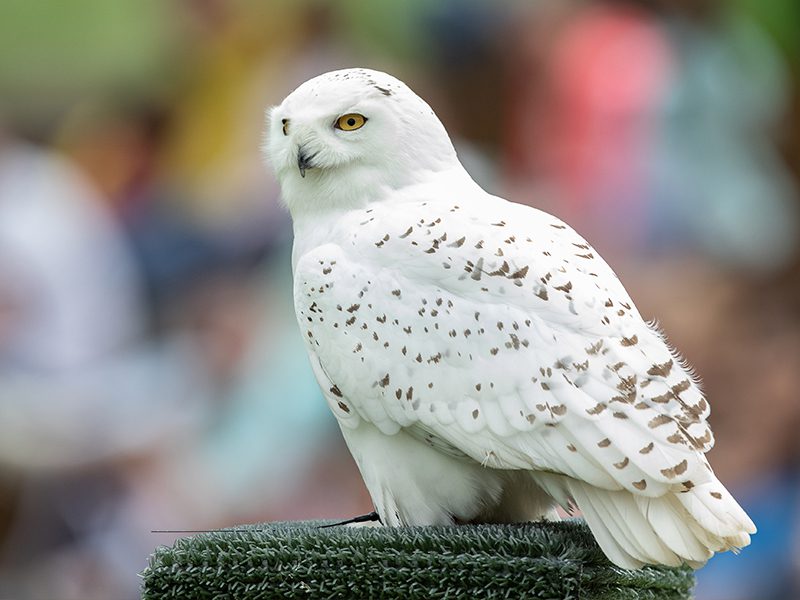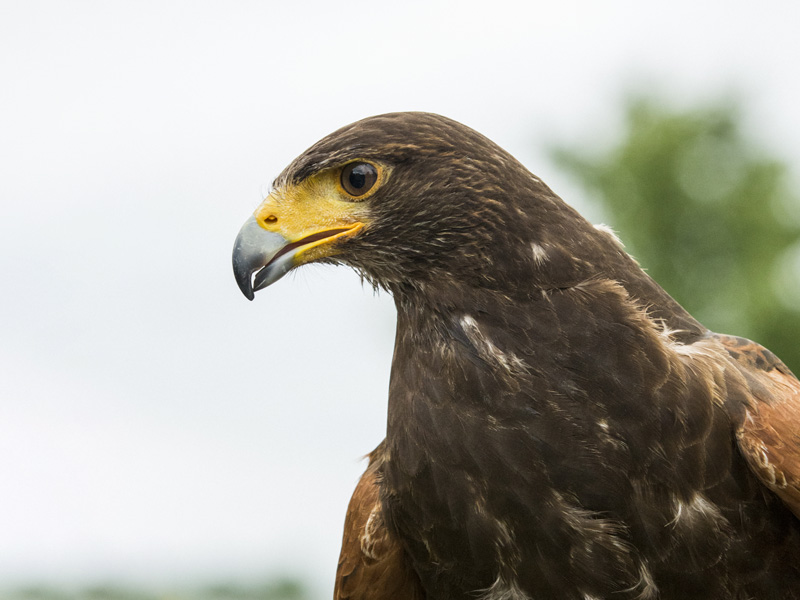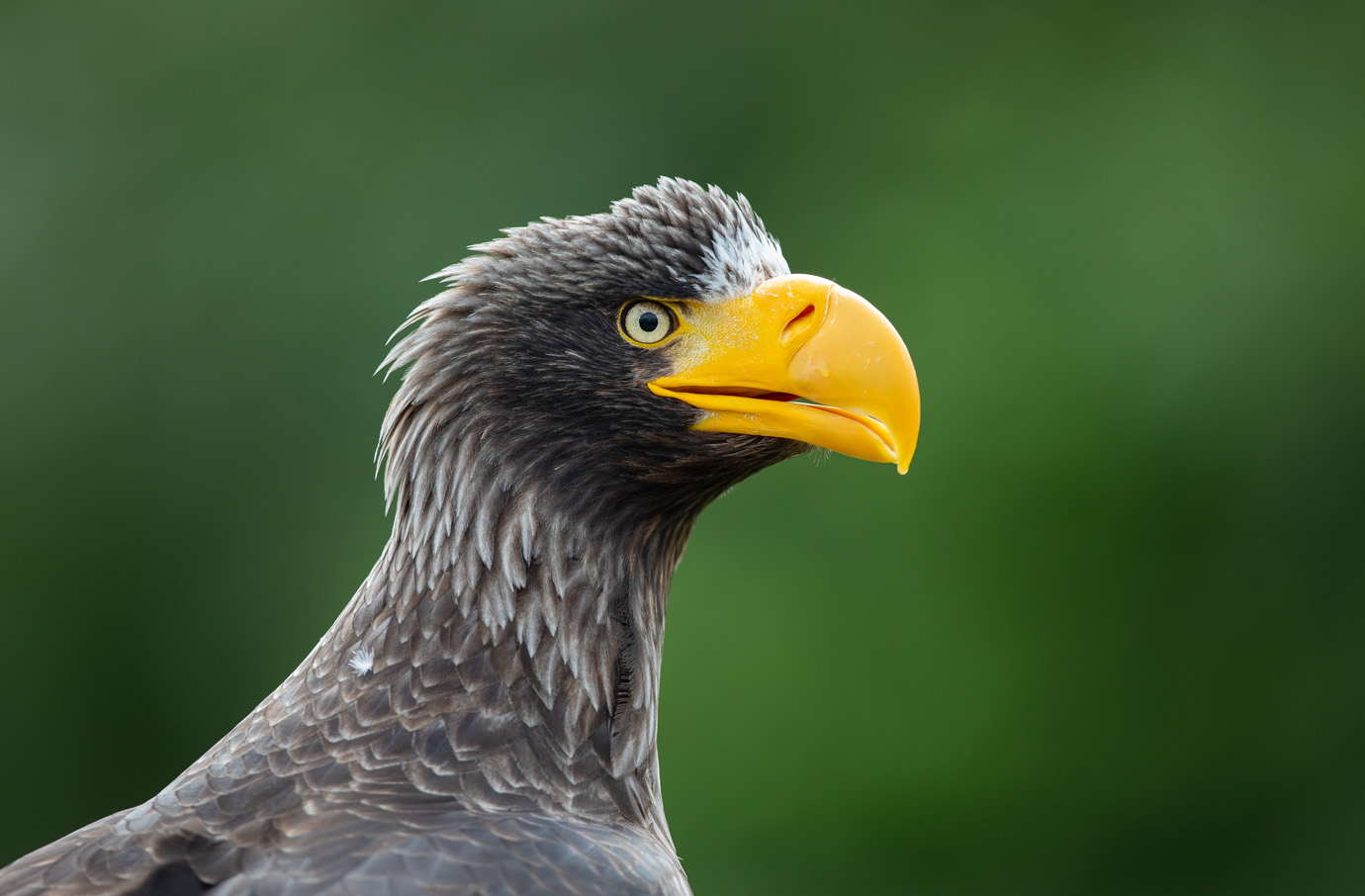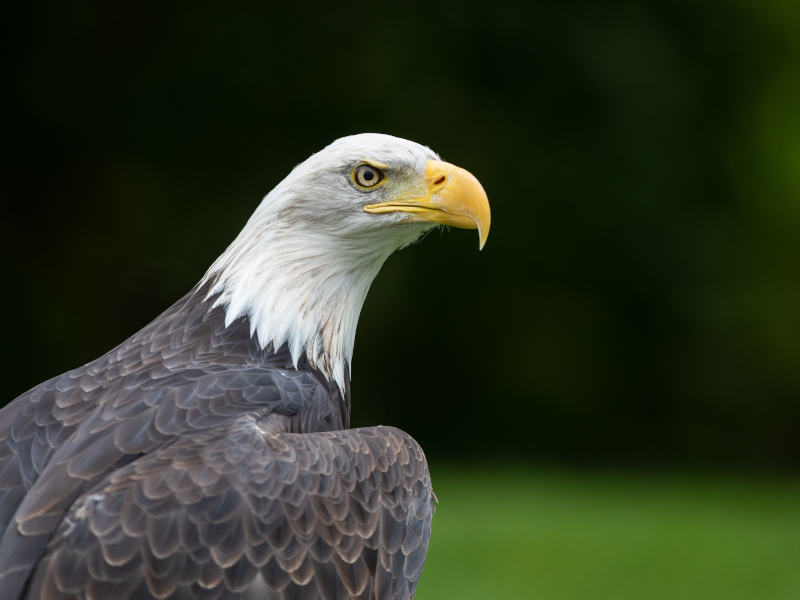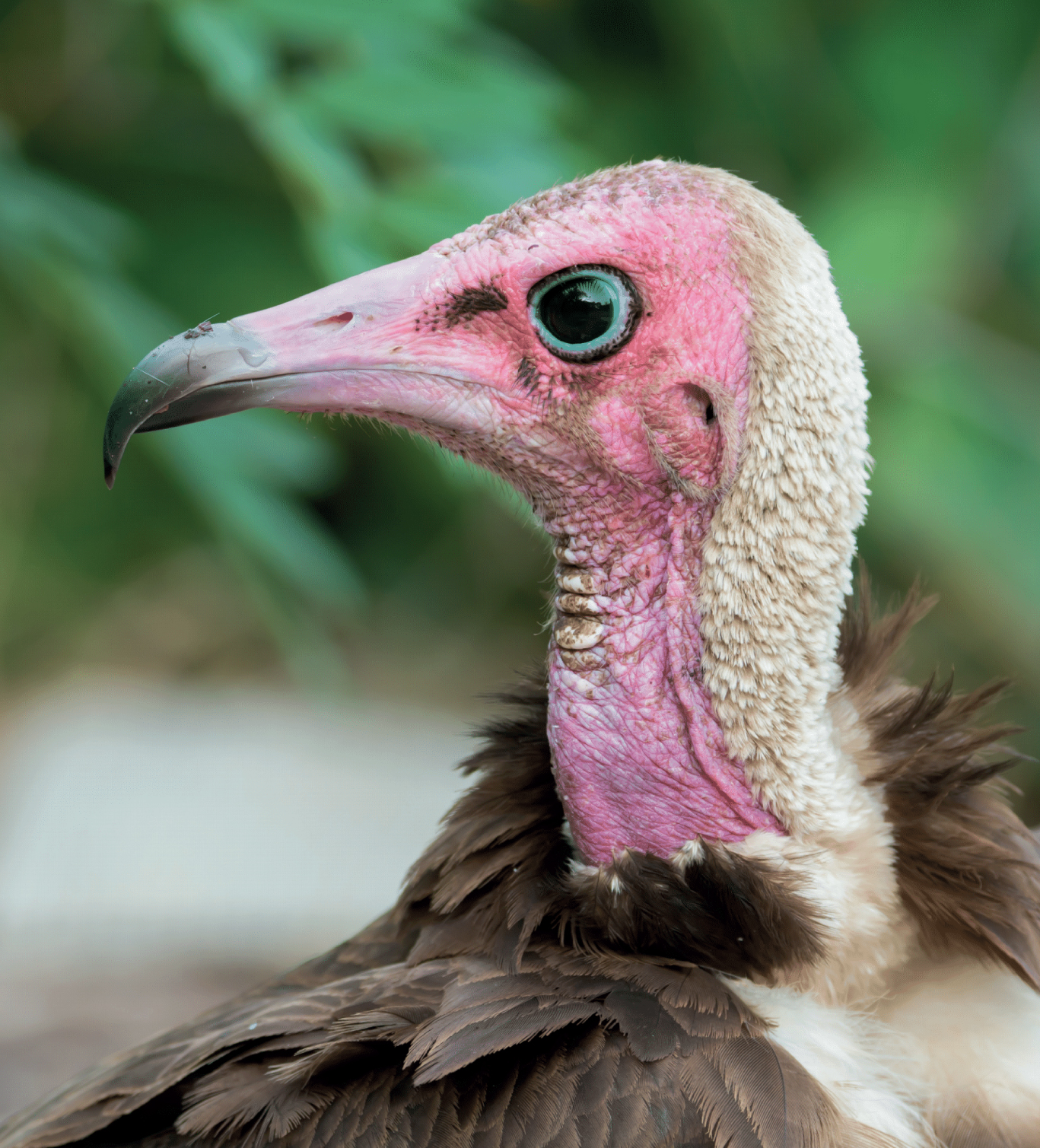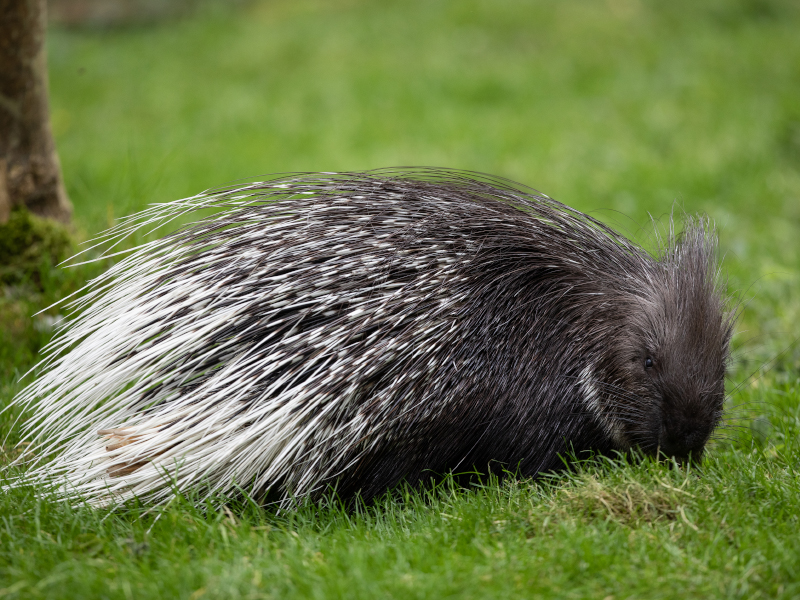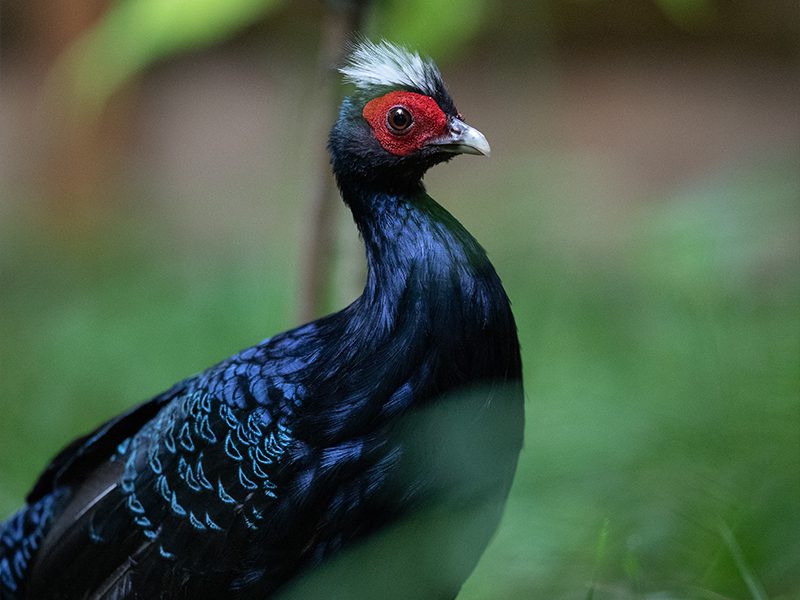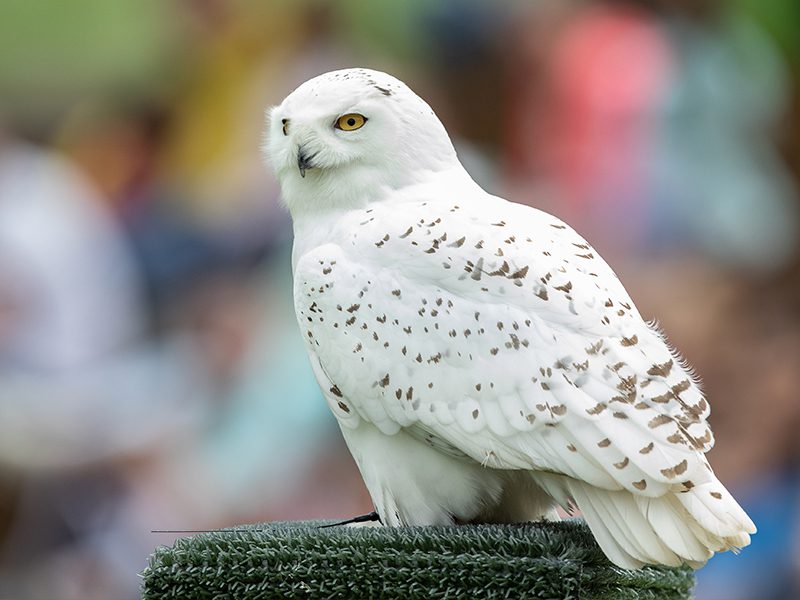Blue-winged kookaburras have a large square head and a long bill that is wide at the base. Their head is pale with brown streaks, and they have striking blue feathers on their wings. They are sexually dimorphic with the male having a blue tail while the female has a rufous tail with black bars.
Blue-winged kookaburras spend a great deal of energy carrying out boundary-marking displays, and their vocalisations sound like barks and hiccups.
They are social birds, pairs will mate for life and they live in family groups of up to 12 individuals.
They are territorial and hunt by swooping down and catching prey in their wide beaks.

Popular Searches
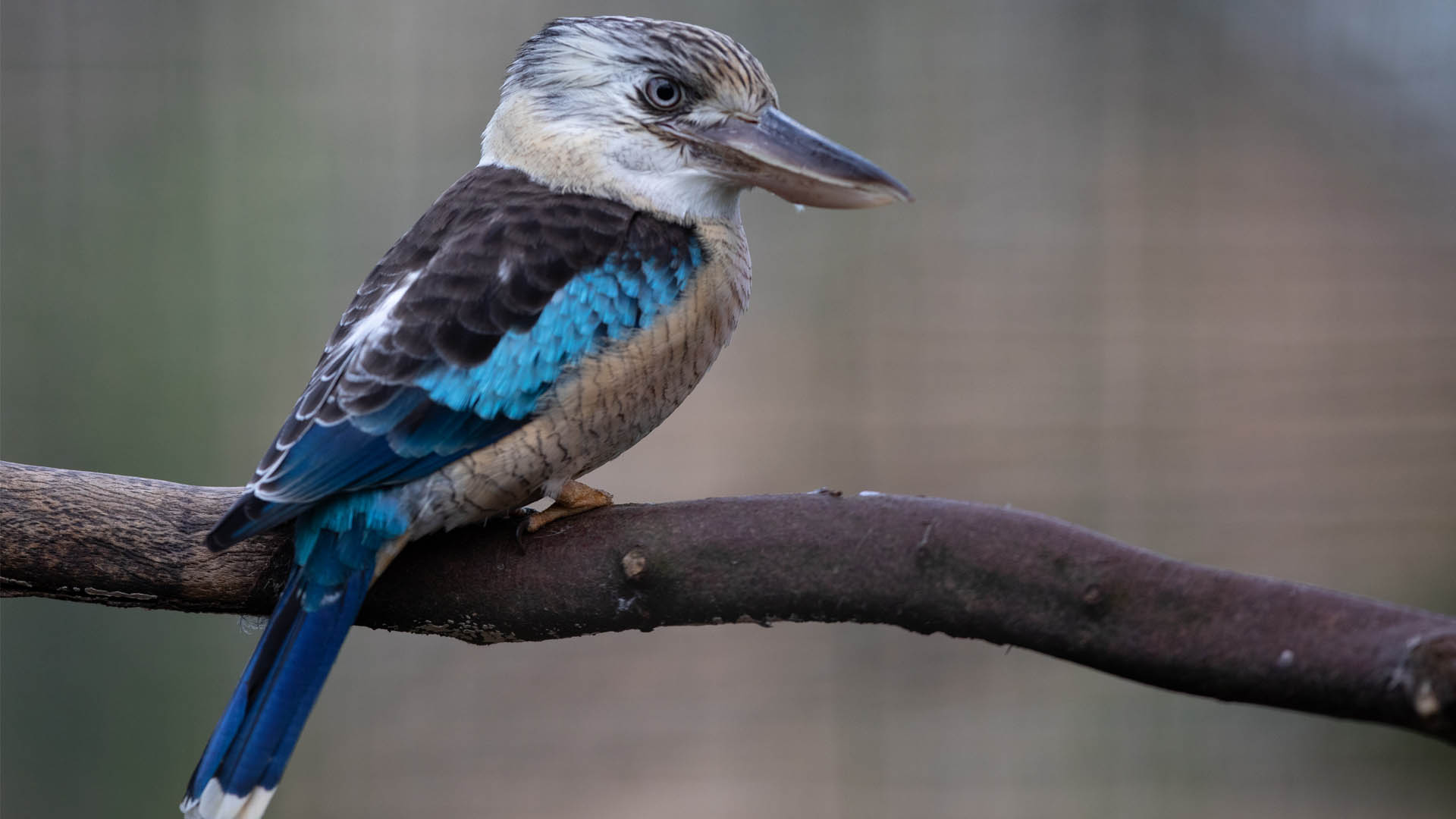
Blue-winged kookaburra
-
Introduction
-
Conservation
Blue-winged kookaburra are classed as least concern.
Although they are listed as least concern, the blue-winged kookaburra faces some threats. These include human encroachment through urban development, causing habitat loss, collisions with vehicles, and companion animals like cats, hunting them. Climate change is also having an impact on their populations, as there are more forest fires destroying their habitats.
-
Habitat
The blue-winged kookaburra is an Australian species that can also be found in Papua New Guinea and Indonesia.
They inhabit eucalyptus forest and woodland and will also occupy wooded and cleared farmyard, and even city parks and residential gardens.
-
Fun Facts
Blue-winged kookaburras are predators that eat a range of prey in their range. As a result, they carry out an important role in managing the populations of prey species and therefore ensure there is a healthy balance within the ecosystem.
Kookaburras are monogamous. They nest in tree hollows or old termite nests.
The parents will be assisted in rearing the young chicks by helpers that consist offspring from previous years clutches.



